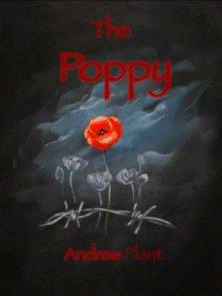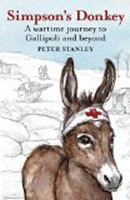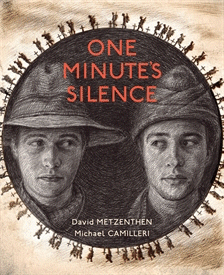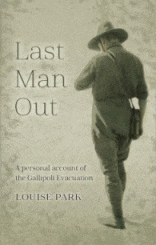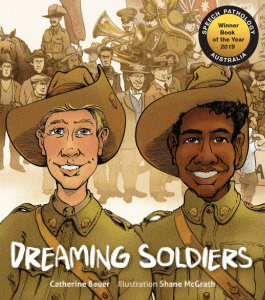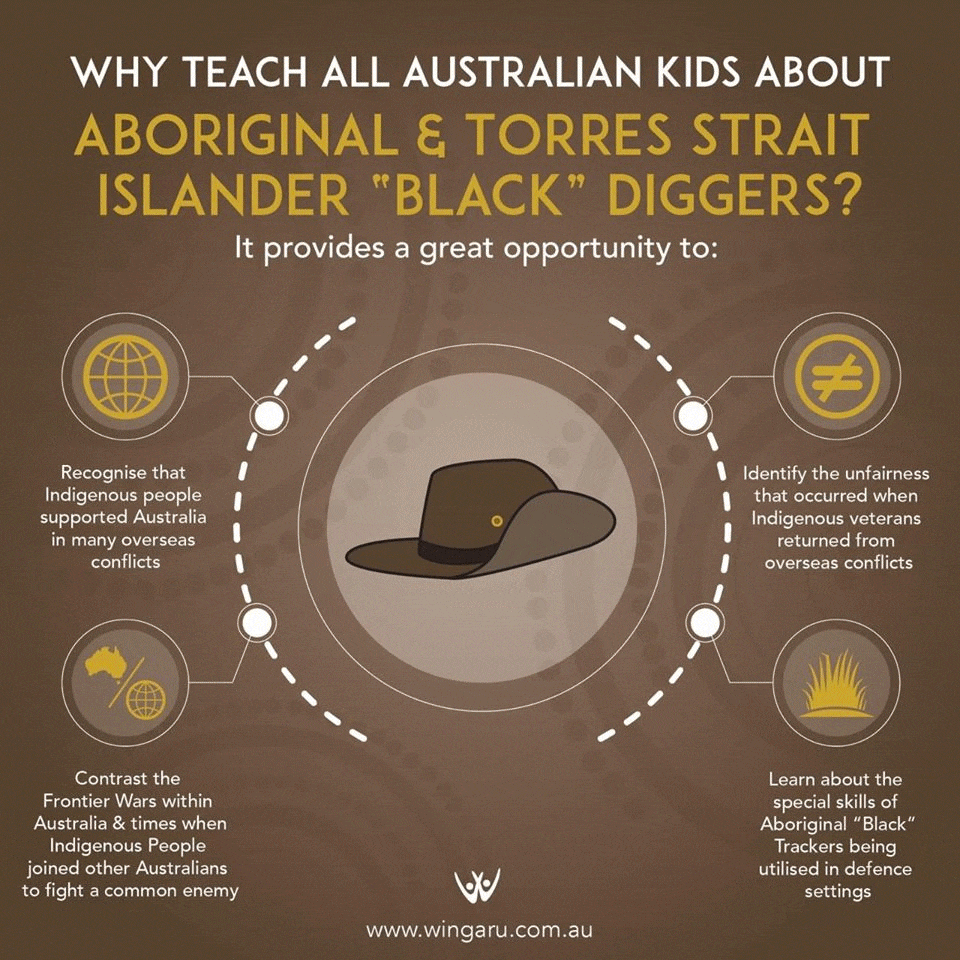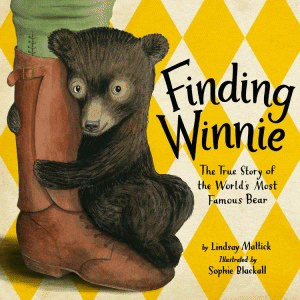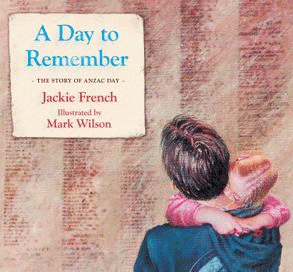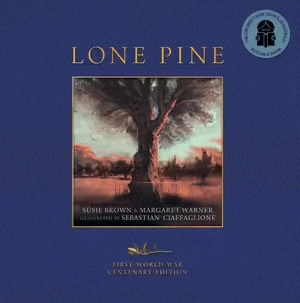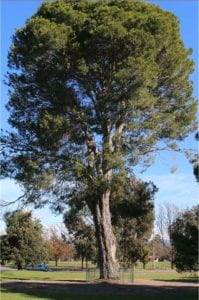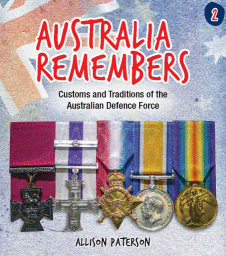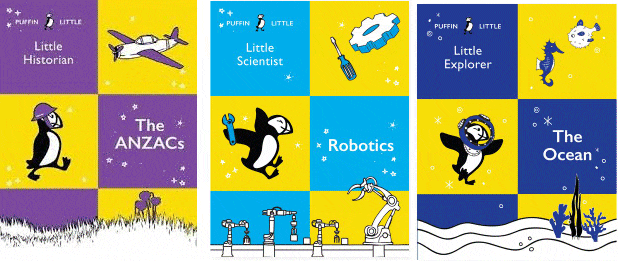The Poppy
Andrew Plant
Ford Street, 2014
Hbk., RRP $A26.95 9781925000313
Pbk., RRP $A16.95 9781925000320
In Flanders fields the poppies blow
Between the crosses, row on row,
That mark our place; and in the sky
The larks, still bravely singing, fly
Scarce heard amid the guns below.We are the Dead. Short days ago
We lived, felt dawn, saw sunset glow,
Loved and were loved, and now we lie,
In Flanders fields.
This poem, by John McRae, has become one of the most enduring written about World War I and has provided the most recognisable symbol of remembrance for Australians and New Zealanders – the poppy. Although Flanders Fields, itself, is in Belgium, the poem and the poppy have become symbolic of the whole of that terrible conflict on the Western Front, and so this new book by illustrator Andrew Plant is aptly named, beautifully told and superbly illustrated.
Starting on the front cover with the brilliant red of the poppy set in front of ghostly images of other poppies entwined in barbed wire and against a background of stormy black skies, this is a beautiful “photo-essay” of the story of Villiers-Bretonnneux, which on ANZAC Day 1918 became the scene of one of Australia’s greatest victories and which forged a bond between two nations that grows stronger each year. Except the photos are not photos – they are eerily haunting paintings that tell the story of the building of that bond. Bordered in black and accompanied by simple text in white, their bright colours are a stunning contrast which suggests feelings of hope and future and endurance.
The petal of the poppy is whipped off in the winter wind and blows across the village to show the Villiers-Bretonneux school, known as Victoria School, because it was rebuilt through the contributions of the people of Victoria so that even now the flags of two nations fly above it and carvings of Australian flora and fauna adorn the school hall; it flies through the village past the Musée Franco Australien, and is carried further above the fields and up a broad, low hill to a tall cross and a great tower where thousands of names are carved – those who died but whose bodies were never recovered – and then out over the rows and rows of headstones, some nameless, not even their nationality known.
But the stories of the soldiers are known and told and not forgotten. As the winter winds grip the Somme, the Australian and French flags fly side by side and once again, the land turns red. But now it is the petals of the poppies, not the blood of the fallen.
So often our younger students’ knowledge of World War I is limited to the events at Anzac Cove in Gallipoli – here, in this stunning book is the pathway to their understanding of the much more drawn-out battle of the Somme and the Western Front, stories our children should know as well as those students in Victoria School who see “N’Oublions Jamais l’Australie” in every classroom. Stories and a motto which led them to raise nearly $21 000 to donate towards the rebuilding of Strathewan Primary School after it was destroyed in the Victorian bushfires, Black Saturday, 2009. World War 1 was so much more than the hell of the eight months on the Gallipoli Peninsula.
First published February 25, 2014
Updated April 5, 2023
